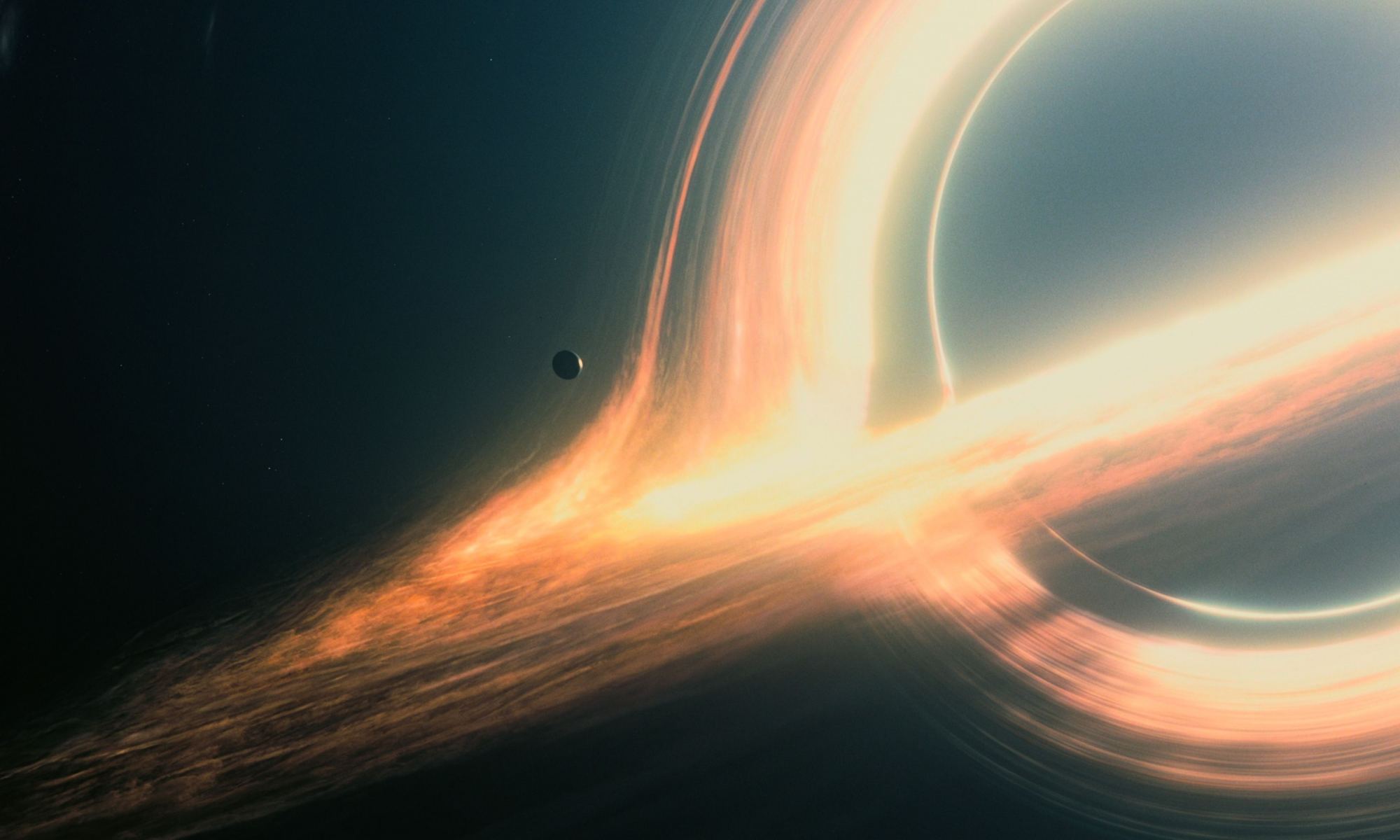In the last couple of decades, it’s become increasingly clear that massive galaxies like our own Milky Way host supermassive black holes (SMBHs) in their centres. How they became so massive and how they affect their surroundings are active questions in astronomy. Astronomers working with the James Webb Space Telescope have discovered an SMBH in the early Universe that is accreting mass at a very low rate, even though the black hole is extremely massive compared to its host galaxy.
What’s going on with this SMBH, and what does it tell astronomers about the growth of these gargantuan black holes?
Continue reading “An Early Supermassive Black Hole Took a Little Break Between Feasts”



